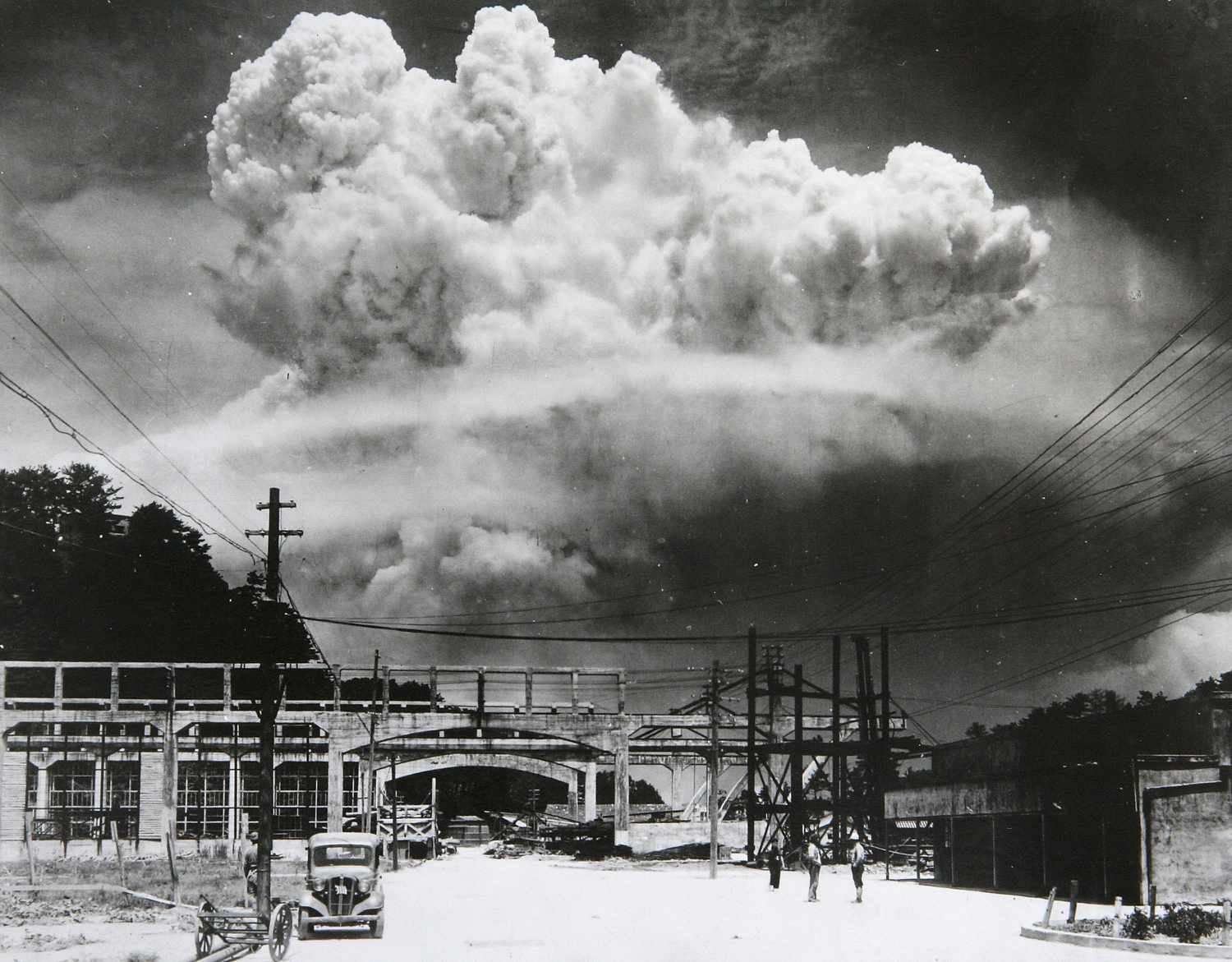J. Robert Oppenheimer – Everything You Need to Know About the Real-Life Atomic Legend
Oppenheimer, a movie that has been eagerly awaited, is now playing in theaters. The film, which is directed by Christopher Nolan, is about J. Robert Oppenheimer, the legendary physicist who oversaw the Manhattan Project to create the deadly atomic weapon. The film has already received high praise from everyone who has seen it, and it is anticipated to earn over $150 million worldwide over the course of the weekend, which is amazing given the type of movie it is.

The movie stars Cillian Murphy as Oppenheimer and also includes Matt Damon, Emily Blunt, Florence Pugh, and Robert Downey Jr. in prominent supporting roles. The Pulitzer Prize-winning biography American Prometheus: The Triumph and Tragedy of J. Robert Oppenheimer, written by Kai Bird and Martin J. Sherwin was the book from which the movie has been inspired.
But what do we know about this real-life atomic legend? Who was J. Robert Oppenheimer?
Deatils on J. Robert Oppenheimer
Brilliant physicist J. Robert Oppenheimer was born in New York on April 22 in the year 1904. He gained recognition as a distinguished physicist, and the US government hired him to create an atomic weapon during World War II to confront the danger of Nazi Germany.
Oppenheimer’s revolutionary achievement was not without sacrifice, though. He understood the world would never be the same again when the first nuclear explosion, referred to as the Trinity test, occurred on July 16, 1945, in the remote desert of New Mexico.

Oppenheimer reportedly cited the Bhagavad Gita when he realized the danger of the lethal weapon he had invented, saying, “Now, I have become Death, the destroyer of worlds.” But the atomic bomb contributed to the war’s end.
Despite playing a crucial part in the Manhattan Project’s accomplishment, Oppenheimer’s career was hampered by his opposition to the creation of the hydrogen bomb. The search for and development of the hydrogen bomb, in his opinion, was morally and politically questionable which ultimately contributed to his downfall. He fell from grace in 1954 after the United States Atomic Energy Commission accused him of obstructing the development of the hydrogen bomb.
However, he left the Institute for Advanced Study in 1966 and passed away due to cancer the following year at the age of 62.
What was the Manhattan Project actually about?
In response to the increasing threat posed by Nazi Germany during World War II, the US government launched the top-secret Manhattan Project. J. Robert Oppenheimer oversaw a team of great physicists who were brought together to create the atomic bomb. Several scientists, including Albert Einstein, Leo Szilard, and Eugene Wigner, alerted the government to the risks of Hitler gaining a nuclear weapon.

Oppenheimer and his group moved to the isolated territory of Los Alamos, New Mexico, to carry out their research. They spent many hours there attempting to utilize nuclear fission’s power in order to build a lethal weapon. They carried out the first nuclear explosion in the world successfully in July 1945, which was a key turning point for the project.
The US military launched atomic bombs on the Japanese cities of Hiroshima and Nagasaki just a few weeks later, in August 1945. 110,000 people died immediately as a result of the bombings, and tens of thousands more died within a year. Oppenheimer struggled with the moral responsibilities of his job as a result of the terrible effects of these attacks, which caused him to retire from his position in October of that same year.
Source: CNN





